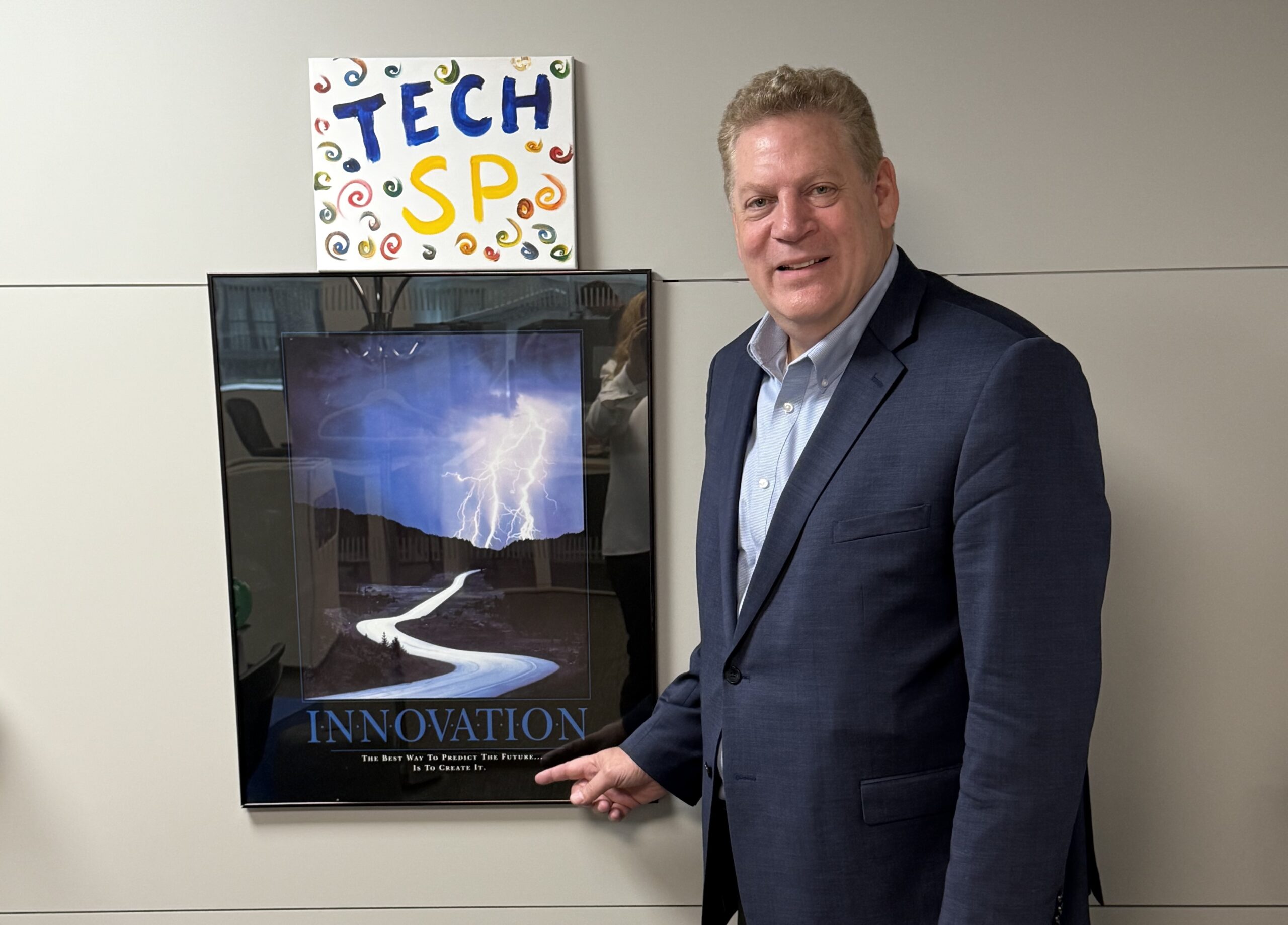Modernizing engineering at a regulated bank like State Street takes a go-slow approach

Last week in Boston at Harness’s {unscripted} conference, State Street Bank’s managing director Akshay Sharma spoke with Harness founder and CEO Jyoti Bansal about the challenges a highly regulated bank like his faces when it comes to updating their engineering processes.
As a 230-year-old institution and one of only eight U.S. banks designated as a global systemically important financial institution (GSIFI), State Street manages approximately 11% of the world’s financial transactions every single day. That makes it an essential part of the financial system. As such, Sharma can’t risk updating working legacy systems until he’s sure he won’t disrupt any essential processes.
It’s the exact opposite of the “move fast and break things” philosophy. Sharma has to move deliberately, yet still find a way to modernize his systems. “Every change we make has to be secure and compliant by design, and literally every deployment we do is a promise we are bringing to the financial markets,” Sharma told Bansal. That’s a lot of pressure.
The road to modernization
He broke down modernizing into a two-part process. The first part involves making it accessible to end users, what he calls democratization of the technology. When they are evaluating new technology, they want solutions that people can use independently. The goal is that “developers are empowered to drive both value for our clients and the financial ecosystem in general,” he said.
Beyond the self-service component, culture plays a crucial role when you are implementing new technologies. You can’t just slap a new solution on top of the old process, or he believes you are doomed to fail.
“How do we change our way of thinking – how we think, how we operate – every single day,” he asked. When you modernize, it’s not just about the new tools, it’s a people and cultural transformation. “I always say, ‘new technology, old process, failure,’” he said.
Finding the right solutions
One of the goals from the get-go was to find a way to standardize different development processes. It sounds simple enough, but in an organization that is risk-averse, the engineers tended towards an ‘if it ain’t broke, don’t fix it mentality.’ Sharma understood that they needed to change and they needed something that would let his teams see that when you implemented change carefully, you could find better ways to work.
One big driver was the bank’s transition to the cloud, a major undertaking involving 2000 applications. “The fact that we were moving to the cloud, and we were going all in with the cloud inherently became a big driver for us,” Sharma said. “That was a moment where we said if we are going to the cloud, we are not going to carry the old garbage with us.”

That helped change the internal mindset and opened the door to a modern pipeline-approach to software development, something that Harness helped them implement. As Bansal described it, “software delivery pipelines are the central nervous system of every software delivery process,” going beyond simply building and deploying software. They also include security checks, compliance reviews, automated testing and optimization steps before releasing software to users, providing a way to standardize these activities across teams.
“Our ability to use the pipeline structure and to give a standard build [process] to a developer after everything is built builds in predictability,” he said. What’s more, the entire process becomes auditable because every step is monitored, so if something does go awry, you can figure out what happened when.
As they collected some successes with the new approach, curiosity built up through word of mouth and Sharma encouraged people to learn new tools like Harness by making them self-service, through peer-to-peer communication and formal gatherings and training. Three years ago when they started, most people were skeptical. Today some of those skeptics have become champions and are now advocating the new approach — as the transition marches forward.
Featured photo by Rainy Wong on Unsplash





